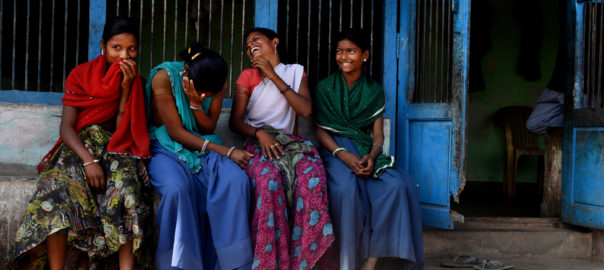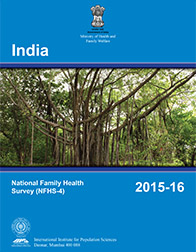Release of the 4th India National Family Health Survey

 We are pleased to announce the release of the 2015-16 India National Family Health Survey (NFHS-4) Final Report and State Reports. This nationally-representative survey was conducted in over 600,000 households and interviewed both women and men to collect information on population, health, and nutrition indicators. NFHS-4, for the first time, also includes measurements of blood pressure and random blood glucose, and provides district-level estimates for all 640 districts, in addition to national and state-level estimates for most important indicators.
We are pleased to announce the release of the 2015-16 India National Family Health Survey (NFHS-4) Final Report and State Reports. This nationally-representative survey was conducted in over 600,000 households and interviewed both women and men to collect information on population, health, and nutrition indicators. NFHS-4, for the first time, also includes measurements of blood pressure and random blood glucose, and provides district-level estimates for all 640 districts, in addition to national and state-level estimates for most important indicators.
Download the 2015-16 NFHS-4 Final Report
State Reports for all 29 states have been released and are now available for download. The complete list of State Reports is shown below.
2015-16 NFHS-4 State Reports
Photo Credit: ⓒ 2015 Arvind Jodha, UNFPA, Courtesy of Photoshare

